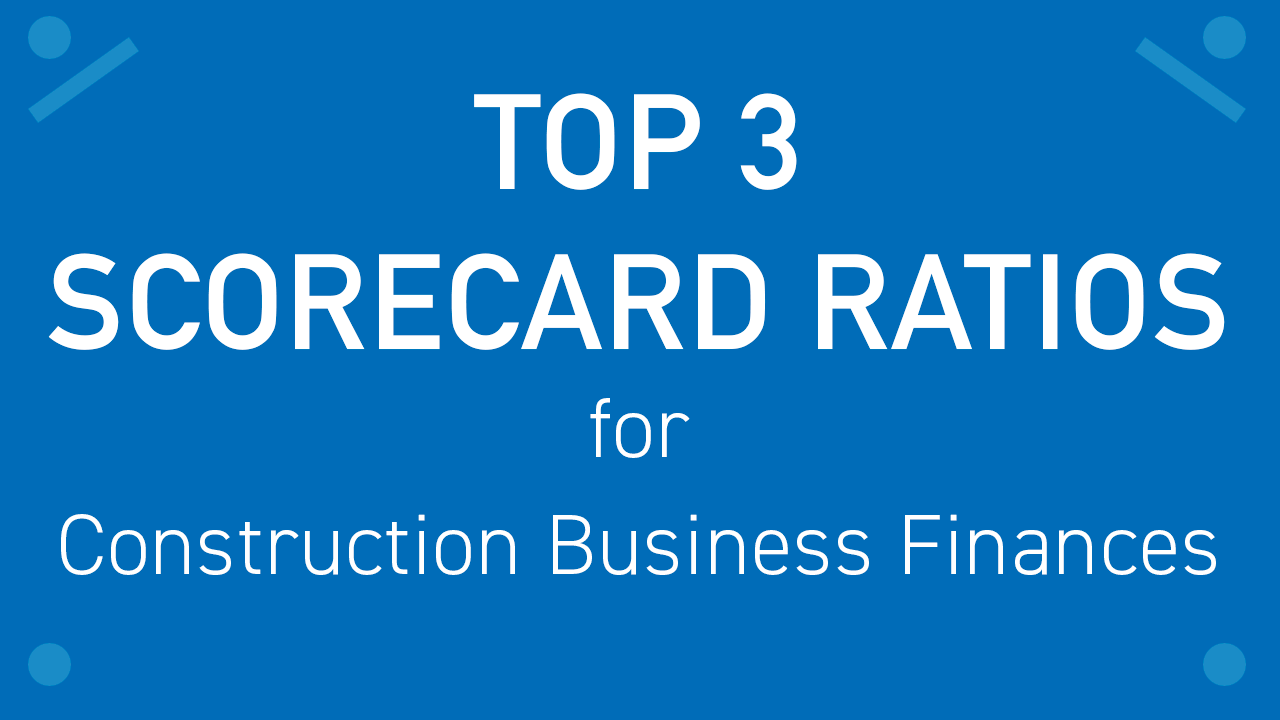Scorecard ratios are one of our favorite things to talk about. Nerdy? Maybe. Important? Definitely! You might be wondering, why should we even bother with scorecards and ratios? It’s extra work for the company and can sometimes be confusing. The reason we like them here at Atlas CFO is because they are one of three things: leading indicators, lagging indicators, or trigger events.
A leading indicator gives us an idea of what’s coming at us. A lagging indicator is something from the past that can support or confirm something we think is currently happening in our business. Triggers basically say, “If this event happens, we will take action.” Triggers are important if one of your indicators is telling you to watch out for cash, revenue, backlog, etc. You’ll then know that you need to take action to make your business successful.
Someone once told us, “The reason we spend time on scorecards and ratios is that we want to drive with our headlights on — not drive using the rearview mirror.” What a great analogy! This describes exactly why we spend so much time looking forward with forecasting, projections, and indicators — and then passing our insights along to you on how to make sure your business is set up for financial success.
Our top 3 scorecard ratios for construction businesses include:
Current Ratio
To calculate this, take your current assets divided by current liabilities (these are found on your Balance Sheet). The ideal number we like to see for this ratio is 1.6 (or 1.2 if we’re talking bare minimum). For example, a current ratio of 1.60 tells us that the company has $1.60 in current assets, such as cash and receivables, to pay for every $1.00 in current liabilities, such as accounts payable and payroll taxes. The higher the number the better the ability to pay bills and current debt.
Debt/Equity Ratio
To calculate this, take your total liabilities divided by total equity (these are found on your Balance Sheet). We like to see a number of 3 or under for debt/equity ratio. This tell us there’s room in the organization to take on additional debt if necessary and have the ability to grow.
Backlog Ratio
To calculate this, take your backlog revenue at any given time divided by your goal revenue (which could either be your break-even revenue or your target revenue for the full year). We like to see at least 30%, which tells us the business is going to be able to sustain that revenue in the future. In our experience, companies with a backlog ratio below 30% really struggle to get to their goal revenue.
Keep in mind the numbers above are what we personally like to see — if you’d like, you can use other resources or recommendations. For more on this topic, we have a whole course full of scorecard templates and videos on how to use it! It’s got everything you’ll need to track the most important metrics in your construction business. Check it out here!

